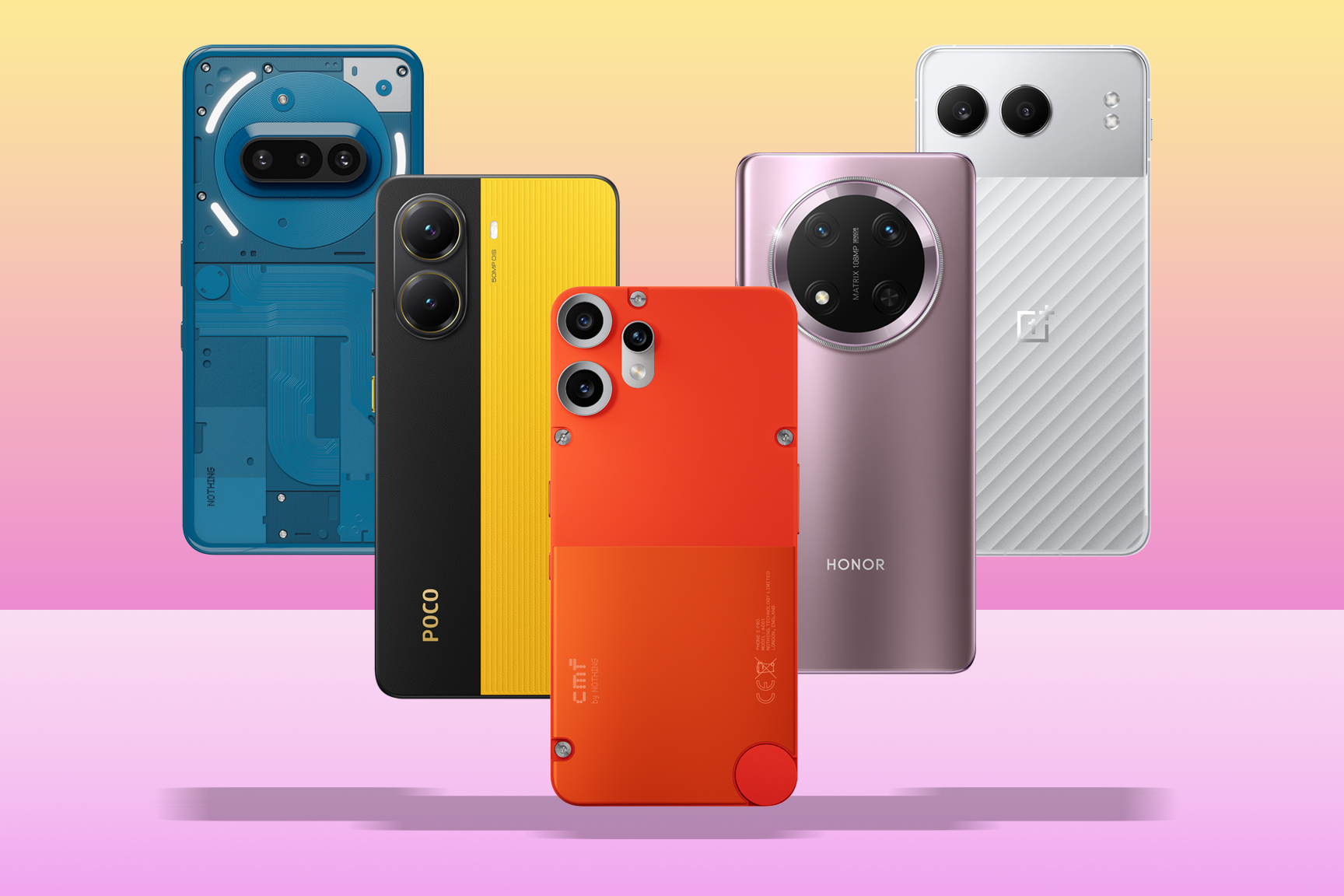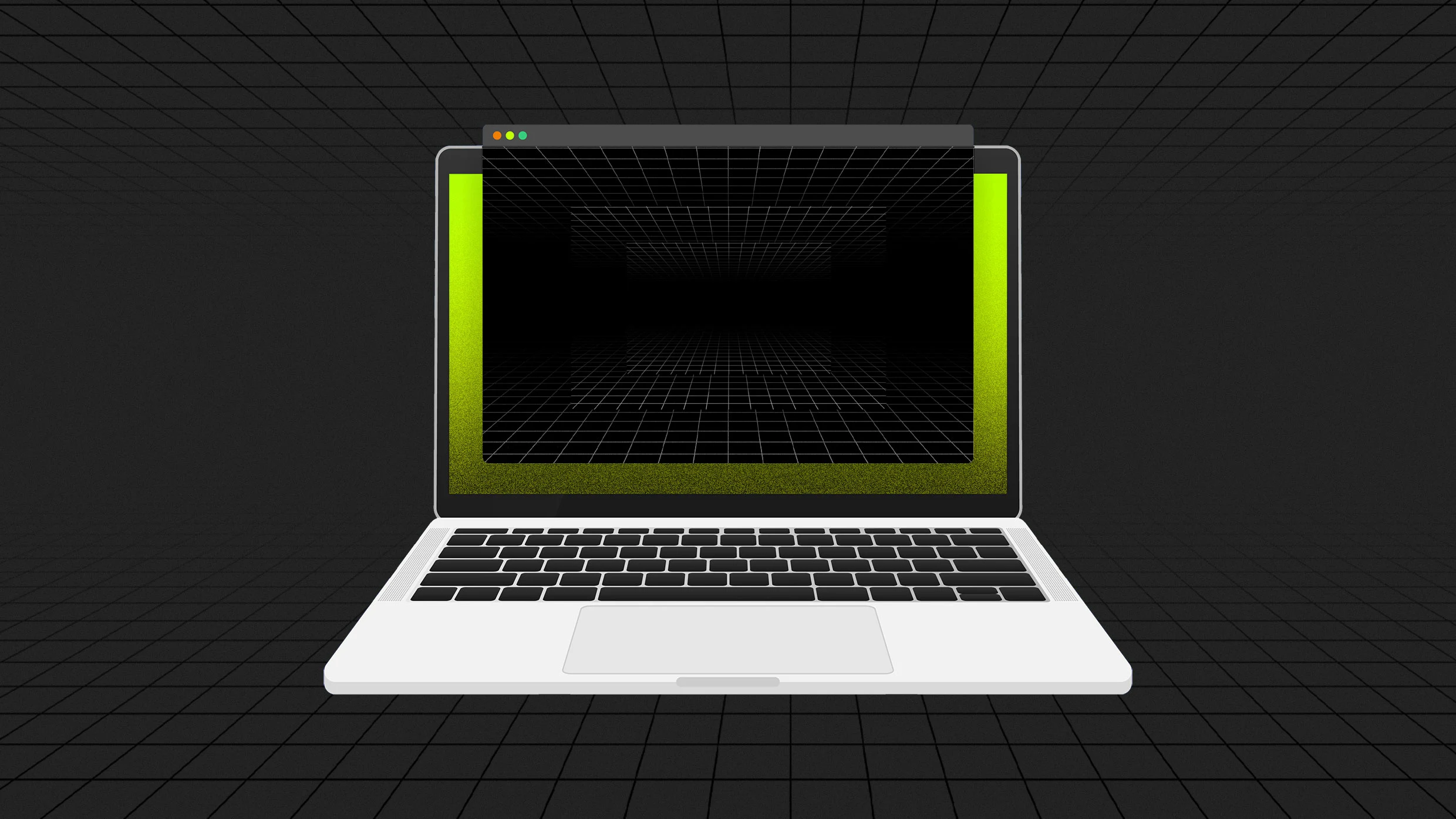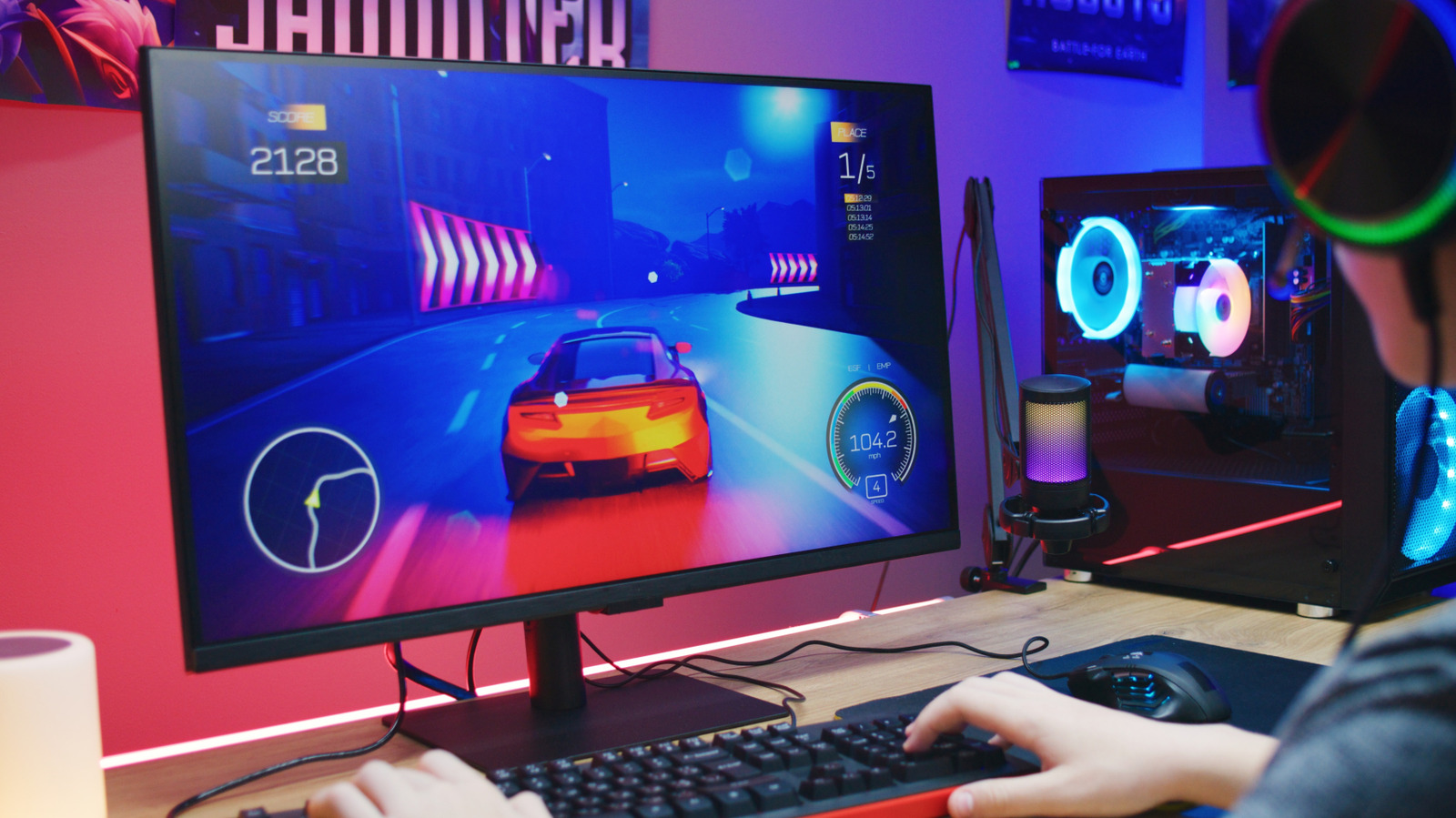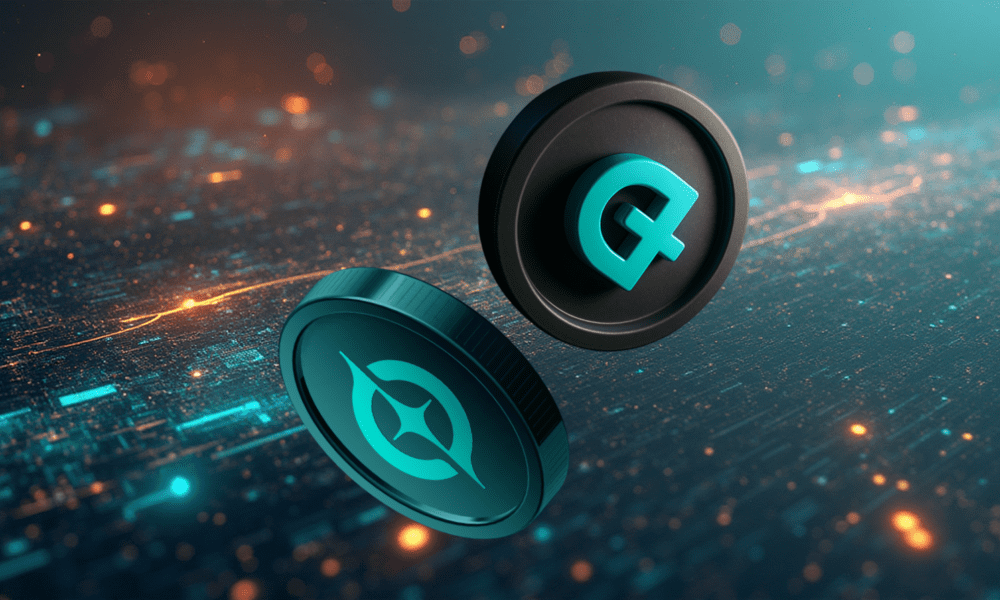Not interested in spending a princely sum on a flagship phone? Good news: you don’t have to. With solid specs, clever design, and plenty of features, the best affordable phones now offer outstanding value for money.
While you might have to accept a few compromises – think plastic bodies and less impressive secondary cameras – the overall quality of cheap phones has improved significantly in the past few years. Many budget-friendly models now offer excellent displays, strong battery life, and performance that rivals even top-tier devices.
Unsure how to select the best option for your budget? From well-known brands to emerging names, the list below features our top picks of affordable handsets, all priced under $500/£450. Whether you’re searching for a great deal on a primary device or a backup phone that won’t stretch your budget, you’ll find the perfect option in our buying guide.
Why you can trust Stuff: Our team of experts rigorously test each product and provide honest, unbiased reviews to help you make informed decisions. For more details, read how we test and rate products.
Quick list: what is the best cheap phone?
The best cheap phones you can buy today:

1. Nothing Phone 3a
| Nothing Phone 3a specs | |
| Screen | 6.77in, FHD+ 120Hz AMOLED |
| CPU | Qualcomm Snapdragon 7s Gen 3 |
| Memory | 8/12GB |
| Cameras | 50MP, f/1.88 main, 50MP telephoto, 8MP ultrawide rear 32MP, f/2.2 front |
| Storage | 128/256GB |
| Operating System | Android 15 w/ Nothing OS 3.1 |
| Battery | 5000mAh, 50W charging |
| Dimensions | 164x78x8.35mm, 201g 6.46×3.07×0.33 in, 7.09 oz |
The Nothing Phone 3a sticks to the brand’s winning formula, offering a stylish, feature-packed experience at an aggressive price. For $379/£329, you get Nothing’s signature transparent design, glyph LEDs, and a slick, widget-driven OS—plus a new AI-powered Essential Space that aims to declutter your digital life (though it’s not quite essential yet).
Performance is solid thanks to a Snapdragon 7s Gen 3, and the 5000mAh battery keeps up with a full day’s use. The 6.67in OLED screen is vibrant, peaking at a dazzling 3000 nits, while 50W charging outpaces some pricier flagships. Camera-wise, the 50MP main and 50MP telephoto (2x optical) deliver detailed, well-balanced shots, though the Pro model’s 3x zoom holds the edge.
Compared to its pricier sibling, the 3a makes fewer compromises than you’d expect. It ditches the Pro’s chunky camera bump while retaining most of its best bits. Sure, zoom clarity could be better, and Essential Space is still a work in progress, but Nothing has delivered one of the most complete budget phones around. If you’re spending under $380/£330, this should be at the top of your list. The Pro may have more zoom, but the 3a is the smarter buy.


2. OnePlus Nord 5
| OnePlus Nord 5 specs | |
| Screen | 6.74in 2776.83in, 2800×1272, 144Hz OLED |
| CPU | Qualcomm Snapdragon 8S Gen 3 |
| Memory | 8/12GB RAM |
| Cameras | 50MP, f/1.88 w/ OIS + 8MP ultrawide rear 50MP, f/2.2 front |
| Storage | 256/512GB on-board |
| Operating System | Android 15 w/ OxygenOS 15 |
| Battery | 5200mAh w/ 80W charging |
| Dimensions | 200g 163x77x8.1mm, 211g 6.4 × 3.0 × 0.3 in, 7.4 oz |
We’ve been using the OnePlus Nord 5 as our main phone for a week, and it’s clear that OnePlus knows how to make a great mid-ranger – even if it’s made a few odd calls along the way. The cheap phone delivers smooth performance from its Snapdragon 8s Gen 3 chip, a bright 6.83in OLED screen that makes gaming and Netflix pop, and genuinely impressive selfies from its 50MP front camera.
In our testing, it breezed through daily multitasking, kept Call of Duty Mobile running at a silky 144Hz, and comfortably lasted a day and a half between charges.
But we can’t help missing the Nord 4’s metal body. The switch to a glass-and-plastic mix feels cheaper, and the generic design doesn’t turn heads like last year’s model did.
The new “Plus” button is a nice touch – we’ve used it to launch the camera and flashlight with a single press – but it doesn’t quite make up for the missing alert slider. Still, OxygenOS remains one of the cleanest, fastest Android skins around, and the camera setup takes crisp, balanced shots that hold up against pricier rivals.
The Nord 5 is a solid all-rounder that delivers real value, but it’s lost a bit of that OnePlus spark. If you can live without the premium feel, you’re getting a lot of phone for the money – just don’t expect it to stand out in a crowd.
Read more: OnePlus Nord 5 review


3. Honor Magic 7 Lite
| Honor Magic 7 Lite specs | |
|---|---|
| Screen | 6.78in, 2652×1200 AMOLED w/ 120Hz |
| Processor | Qualcomm Snapdragon 6 Gen 1 |
| Memory | 68GB RAM |
| Storage | 256GB on-board |
| Cameras | 108MP, f/1.8 main w/ PDAF + 5MP, f/2.2 ultrawide + 2MP, f/2.4 macro rear 16MP, f/2.5 front |
| Operating system | Android 13 w/ MagicUI |
| Battery | 5300mAh w/ 35W charging |
| Dimensions | 164x76x8mm, 185g 6.46×2.99×0.31in, 6.53oz |
The Honor Magic 7 Lite is a budget smartphone that stands out for its colossal 6600mAh battery and rugged build – both rare at this price point. It’s impressively slim at 7.98mm and lightweight at 189g, yet durable enough to survive 2m drops. The AMOLED screen is bright, sharp, and boasts a 120Hz refresh rate (though we think the curved-edge design feels outdated).
Performance is where things fall apart. The Snapdragon 6 Gen 1 chip remains unchanged from last year, leading to merely average speeds. The software is also a drawback, launching with Android 14 when rivals already sport Android 15, and Honor’s update commitment lags behind Samsung’s.
The 108MP main camera performs well for its class, especially with the addition of optical image stabilisation for better low-light shots. However, the ultrawide sensor is underwhelming, and zoom relies purely on digital cropping.
Ultimately, this phone is all about endurance. It comfortably lasts two full days, potentially three with light use, making it ideal for festival-goers or frequent travellers. While some might find its performance and design outdated, if you prioritise battery life above all else, the Magic 7 Lite is a solid choice. A shame about the lack of wireless charging, though.


4. CMF by Nothing Phone 2 Pro
| CMF by Nothing Phone 2 Pro specs | |
|---|---|
| Screen | 6.67in, 2392×1080, 120Hz AMOLED |
| Processor | MediaTek Dimensity 7300-Pro |
| Memory | 8GB RAM |
| Storage | 128/256GB on-board, microSD expansion |
| Cameras | 50MP+50MP+8MP rear, 16MP front |
| Operating system | Android 15 w/ NothingOS 3.2 |
| Battery | 5000mAh w/ 33W charging |
| Dimensions | 164x78x7.8mm, 185g |
Not content with having one budget banger in our cheap phones list, Nothing has done the double via its colourful sub-brand CMF. Last year’s CMF Phone 1 shook up the affordable end of the smartphone spectrum, and the sequel goes even better in a few key areas.
The clever interchangeable backs might’ve gone, but CMF has replaced them with customisable cases that let you bolt fun macro and fisheye lenses onto two of its three rear cameras. The modular accessory system remains, though, and the change means water resistance has improved to IP54.
It’s not just gimmicks, though. An AMOLED screen, big 5000mAh battery, and a MediaTek CPU that outperforms rivals in its price bracket make it a brilliant all-rounder for the money. It’s also rocking NothingOS, which, for my money, is one of the best takes on Android 15 doing the rounds right now. No one else does useful widgets and consistent design quite like it. You even get the Nothing Phone 3a’s Essential Space button, which is slowly becoming more and more essential as the firm releases updates.
The triple rear camera setup does a fantastic job for the money, with a 50MP lead lens and 50MP telephoto good for 2x optical zoom. With no optical image stabilisation, it can’t best phones in the $350/£300+ range, but it otherwise copes very well in most lighting conditions. For $279/£219/€249 it’s a serious amount of phone.


5. Redmi Note 14 Pro+
| Redmi Note 14 Pro+ specs | |
|---|---|
| Screen | 6.67in, 2712×1220 120Hz AMOLED |
| Processor | Qualcomm Snapdragon 7s Gen 3 |
| Memory | 8/12GB RAM |
| Storage | 256/512GB on-board |
| Cameras | 200MP f/1.65 w/ OIS + 8MP f/2.2 ultrawide + 2MP macro rear 20MP front |
| Operating system | Android 14 w/ HyperOS 2 |
| Battery | 5110mAh w/ 120W charging |
| Dimensions | 163x75x8.75mmm, 210g 6.42 × 2.95 × 0.34in, 7.4oz |
The Redmi Note 14 Pro+ brings some welcome refinements to Xiaomi’s mid-range lineup, even if it doesn’t reinvent the wheel. The 200MP main camera remains the star, capable of delivering crisp, detailed shots with effective AI-assisted zoom. The OLED display is brighter than before, peaking at 3000 nits for improved outdoor visibility, and the new Snapdragon 7s Gen 3 chip ensures smooth day-to-day performance. Plus, with 120W fast charging, you can go from empty to full in under 25 minutes—faster than many flagships.
Design-wise, Redmi mixes things up again with a central camera module and a choice of glass or vegan leather backs, all wrapped in a sturdy, premium-feeling frame with IP68 water resistance. The software experience is familiar, though we’d have liked less bloatware and the latest Android version at launch. The 8MP ultrawide and 2MP macro cameras feel outdated, but the main sensor makes up for it in most scenarios.
For not very much money, the Redmi Note 14 Pro+ is still a compelling choice, balancing performance, display quality, and camera prowess. Sure, the OnePlus Nord 4 and Pixel 8a are better all-rounders, but Xiaomi’s latest effort keeps pace with the pack – if not quite leaping ahead in some areas.


6. Poco X7 Pro
| Poco X7 Pro specs | |
|---|---|
| Screen | 6.67in, 2712×1220 120Hz OLED |
| Processor | Mediatek Dimensity 8400-Ultra |
| Memory | 12GB RAM |
| Storage | 512GB |
| Cameras | 50MP w/ OIS + 8MP ultrawide rear 20MP front |
| Operating system | Android 15 w/ HyperOS 2.0 |
| Battery | 6000mAh w/ 90W charging |
| Dimensions | 161x75x8.1mm, 204g 6.34 × 2.95 × 0.32in, 7.2oz |
The Poco X7 Pro delivers impressive value, blending a modern design with strong performance at a budget price. We love the flat-sided look, it looks like pricier flagships, and the vegan leather back adds a premium touch. The 6.67in OLED screen is bright and smooth at 120Hz, even if colours feel slightly muted out of the box.
Performance is a real highlight. The Dimensity 8400 Ultra chipset punches above its weight, keeping things slick whether gaming or multitasking. Battery life is solid thanks to a 6000mAh cell, and 90W fast charging gets you back to full in no time. The 50MP main camera delivers respectable shots, though the 8MP ultrawide is forgettable.
Software-wise, Xiaomi’s HyperOS is feature-packed but loaded with bloatware. IP68 water resistance is a rare bonus at this price, and stereo speakers hold up well.
Ultimately, the Poco X7 Pro is a strong contender in the budget space. The Nothing Phone 2a has a better camera, but Poco offers more power and battery life. If you can overlook the pre-installed apps, this is a great buy—another reminder that budget phones don’t have to feel cheap.


7. Samsung Galaxy A55
| Samsung Galaxy A55 specs | |
|---|---|
| Screen | 6.6in, 2340×1080 AMOLED w/ 120Hz |
| Processor | Samsung Exynos 1480 octa-core |
| Memory | 8/12GB RAM |
| Storage | 128/256GB on-board, microSD expansion |
| Cameras | 50MP, f/1.8 w/ PDAF, OIS + 12MP, f/2.2 ultrawide + 5MP, f/2.4 macro rear 32MP, f2.2 front |
| Operating system | Android 14 w/ OneUI |
| Battery | 5000mAh w/ 25W charging |
| Dimensions | 161x77x8.2mm, 213g 6.34×3.03×0.32in, 7.51oz |
Want the Samsung prestige without the high-end price tag? Then the A55 is a budget contender worthy of your shortlist (even though the Samsung A56 has now been released, it’s a bit outside our price range at the moment). With a price tag well below the lofty heights of the Galaxy S24 range, this is a super affordable handset which sacrifices some flagship style and power, while still providing a solid smartphone experience.
One of its standout features during our review was its sharp, punchy screen, along with its capable multi-lens camera system, with a decent selfie camera to boot. And unlike previous A series phones (which massively disappointed on the power front), we’re pleased to report that the A55’s Exynos 1480 CPU and 8/12GB of RAM make for a far smoother experience.
Throw in reasonably fast (though far from groundbreaking) 25W charging, and you’ve got yourself a more affordable Samsung handset that provides the highly coveted Samsung-esque experience, at a far more palatable price.


8. Google Pixel 8a
| Google Pixel 8a specs | |
|---|---|
| Screen | 6.1in, 2400×1080 OLED w/ 120Hz |
| CPU | Google Tensor G3 octa-core |
| Memory | 8GB RAM |
| Cameras | 64MP, f/1.9 main w/ OIS + 13MP,f/2.2 ultrawide rear 13MP, f/2.2 front |
| Storage | 128/256GB |
| Operating system | Android 14 |
| Battery | 4,492 mAh w/ 18W , 7.5W wireless charging |
| Dimensions | 152.1 x 72.7 x 8.9 mm 6.0 x 2.9 x 0.35 in |
| Weight | 188 g / 6.63 oz |
Even though the Pixel 8a has been replaced by the newer (and more expensive) 9a, the Pixel 8a remains an excellent budget choice while stocks last. It continues Google’s tradition of delivering flagship-level features at a much lower price. It offers remarkable photography, a sleek design, and access to Google’s advanced AI.
The camera system, featuring a 64MP main sensor, produces impressive, dynamic images that rival more expensive models, making it a standout feature. The improved design with softer edges and a matte finish is both stylish and practical, while the brighter 6.1in OLED display enhances the overall experience.
However, there are some trade-offs. Charging speeds lag behind competitors, and the Pixel 8 is now priced similarly thanks to retailer discounts, so it might be a better option for some. Despite these drawbacks, the Pixel 8a offers seven years of support, making it a long-term investment. For those seeking excellent camera performance, a clean software experience, and Google’s AI features, this is still super-competitive.
What to look for in a cheap phone
Being at the lower end of the market means you’ll have to make some compromises, but as we mentioned in the introduction, affordable smartphones are much better than they used to be (so you won’t be getting an unusable slab).
One of the biggest differences you’ll notice between the best cheap phones and more premium models is the build quality. While you won’t be getting a device crafted from glossy glass and aluminium, we’ve made sure to select phones made from durable materials and with solid construction.
The display is one of the most important aspects to focus on, as it’s the thing you’ll be looking at and interacting with the most. Cheaper phones used to have lower-resolution displays, lower brightness levels, or limited colour accuracy, but the phones included in our list have OLED panels, high refresh rates and bezel-less displays – it’s very refreshing to see.
If you take lots of pictures with your phone, then the camera is a key feature to look at. Cheap phones often compromise on the camera – you won’t be getting a quadruple camera system or superzoom lenses here, but you can get a decent main and selfie camera.
You’ll want a smartphone from a manufacturer that provides regular software updates, which can be important for security and functionality, as well as a software experience that is relatively unmodified for a better user experience.
We’ve recommended phones with decent enough processor performance and RAM to handle your day-to-day tasks (and even some capable of gaming).
If you’re looking for something a little more expensive, then you can check out Stuff’s guide to the best mid-range phones, which are priced between $450/£450 to $650/£650.
Frequently asked questions
What are the trade-offs when buying a cheap phone?
Going for a budget handset usually means giving up a few things that make pricier models feel smoother and more polished. Performance is the most obvious one. Slower processors and smaller amounts of RAM can make everyday use feel clunky – apps take longer to open, multitasking is less fluid, and games often stutter. Even just scrolling through social feeds can feel a step behind what you’d get on a mid-range or flagship.
Cameras are another weak spot. Brands love to shout about megapixel numbers, but without the advanced sensors and clever image processing you find in high-end phones, results often disappoint. Low-light shots tend to be noisy and blurry, portrait effects look rough around the edges, and colours can feel flat. If photography is important, you’ll notice the gap straight away.
The screens also tend to cut corners. Many budget devices still use LCD panels with muted colours and weaker contrast compared to OLED. Most stick to a basic 60Hz refresh rate too, so animations and scrolling don’t feel as fluid. On top of that, build materials are usually plastic rather than glass or metal, and features like proper water resistance are rare.
Software support is another compromise. Cheaper models often get fewer updates, both in terms of new features and long-term security. Connectivity can lag behind too, with some phones skipping on things like 5G or Wi-Fi 6.
In short, budget phones cover the basics but lack the polish, performance, and longevity of pricier options.
Are cheap phones secure?
Security on budget phones is a mixed bag. It really depends on the brand, the model, and how committed the manufacturer is to updates. Big names like Samsung, Xiaomi, and Motorola usually roll out security patches for their cheaper devices, but you won’t get them as quickly—or for as long—as their flagship lines. Go much cheaper, especially with little-known brands, and updates can be irregular or missing altogether, which leaves gaps for potential threats.
Most budget phones run Android, and if they ship with an older version, timely fixes from Google aren’t guaranteed. Some also come loaded with pre-installed apps you didn’t ask for, and if those aren’t updated, they can introduce extra risks. Hardware security features like fingerprint sensors and face unlock are common even at low prices, but reliability varies from phone to phone.
The good news is that Google Play Protect adds a decent safety net by scanning apps for malware. Still, straying outside the Play Store and using third-party app stores increases the chance of running into dodgy software.
Can you take good photos on a cheap phone?
Yes, but it’s best to keep expectations realistic. Budget phones have improved a lot over the years, and many can capture crisp, vibrant photos in daylight. Brands like Google with its Pixel A-series and Samsung with the Galaxy A models often lean on smart software – HDR, Night Mode, AI scene tweaks – to make their cameras perform better than the hardware alone would suggest.
Still, you won’t get flagship-level results. Night shots can be noisy, contrast might be uneven, and zoom is usually digital only. Extra lenses tend to be limited to basics like a wide or a macro.
Which budget phone gets the most updates?
Google’s Pixel A-series is the clear leader here. The new Pixel 9a promises seven years of Android updates and security patches—the same treatment Google gives its top-end phones. That’s a massive win for longevity. Samsung also does well, with models like the Galaxy A35 and A55 getting four years of Android upgrades and five years of security updates.
By comparison, cheaper options from Motorola or Xiaomi often only get one or two years of support. Why does this matter? Longer update cycles keep your phone safe, compatible with new apps, and less outdated. It also means you can hang onto it longer, which is kinder to your wallet and the planet.
Should I buy a refurbished iPhone?
Yes, if you go about it wisely. A refurbished iPhone lets you save money without giving up Apple’s excellent hardware or ecosystem. Just make sure it’s certified refurbished and comes from a reliable source—Apple itself or a trusted retailer—so you know the battery and warranty are in order.
Do these phones work with US carriers?
In most cases, yes. Phones bought in the US are generally compatible with the big networks—AT&T, Verizon, T-Mobile, plus their smaller sub-brands. Unlocked models are your safest bet, since they typically support the right LTE and 5G bands and give you features like Wi-Fi calling, visual voicemail, and hotspot support.
Carrier-locked phones can tie you down, and even after unlocking, some models may have quirks such as missing 5G bands or added apps. If you want maximum flexibility, retailers like Best Buy, Amazon, and manufacturer sites usually sell unlocked versions with the broadest compatibility. Those are also the easiest to use with local SIMs when travelling.
Recent updates
- 21st October 2025: We replaced the OnePlus Nord 4 with the OnePlus Nord 5
Now read about the best upcoming smartphones.












